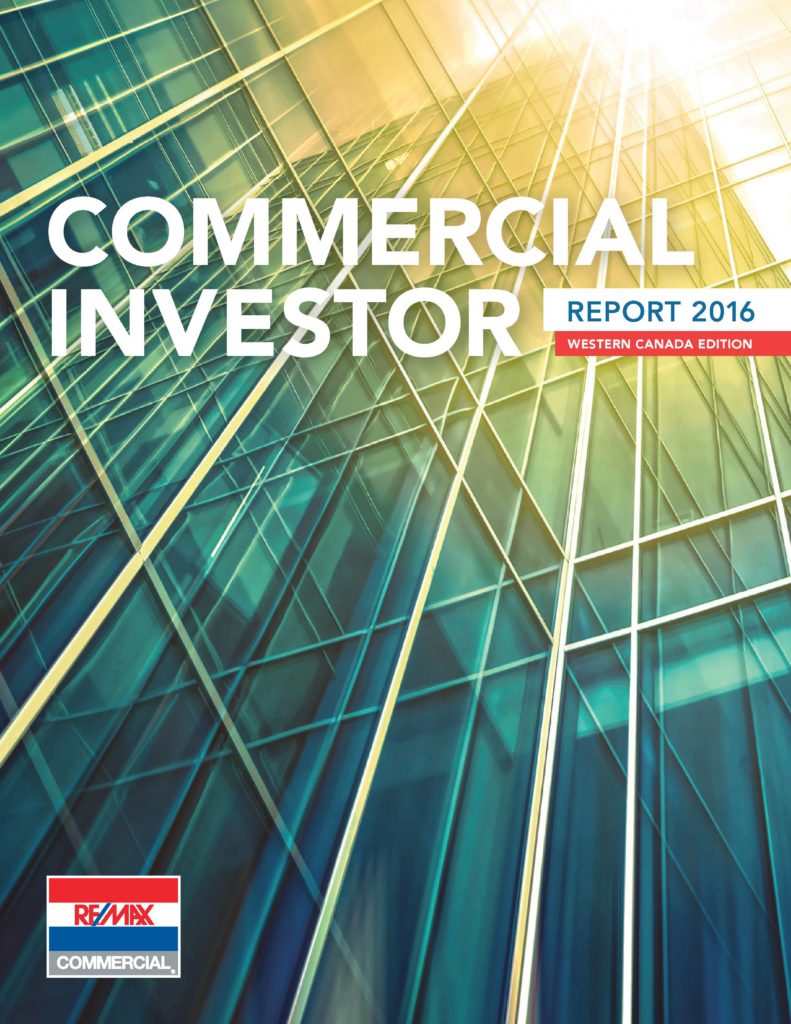EDMONTON
At the end of the second quarter, the number of commercial building and land sales was down eight per cent year-over-year and the value of those sales was down five per cent, marking the second consecutive year that sales value totaled less than $1 billion at mid-year.
Land sales declined by 40 per cent year-over-year, indicative of a slowing economy, but the total dollar value of building sales was up 13 per cent compared with the first half of 2015. Property values have remained fairly stable, with the exception of industrial property related to oilfield companies, which has seen a decline. Capitalization rates are trending modestly upward in most asset cases.
Private investors are the most active buyer segment in Edmonton’s commercial property market, while institutional investors have been more conservative since the downturn in the Alberta economy. Demand from investors for top tier assets in all sectors remained high in the first half of the year. These include multi-family apartment, well-positioned retail, and industrial with well-capitalized tenants.
Despite the economic downturn, vacancy rates in Edmonton were fairly healthy at mid-year. The vacancy rate for industrial property was at six per cent, multi-family was at five per cent and retail was at 3.5 per cent. For office space, the vacancy rate is higher, at approximately 12 per cent. This is expected to increase as 1.8 million square feet of new inventory come onto the market beginning in 2017.
Increased vacancy typically results in a decrease in land sales as development slows down; however, there are assets available in the market that are attracting buyers who feel it is the time to increase their asset positions as world oil prices slowly recover. Alternatively, some commercial sellers are looking to dispose of assets, seeing the increase in vacancy and potentially a decrease in rental rates as a threat to their asset value.
Until the WTI benchmark price of oil stabilizes at or above $50 per barrel, Edmonton’s commercial property market is expected to remain in a down cycle. A new provincial carbon tax comes into effect in January 2017, which is expected to further curtail capital investment and have a negative impact on the provincial economy.
On a more positive note, significant downtown development continues to boost employment and optimism. The $2 billion ICE District, featuring a new arena as well as office towers, hotels, entertainment venues and a museum, is revitalizing the city’s downtown. The Anthony Henday Ring Road, scheduled to be completed this fall, is expected to unlock further development opportunities in Edmonton’s northeast.















